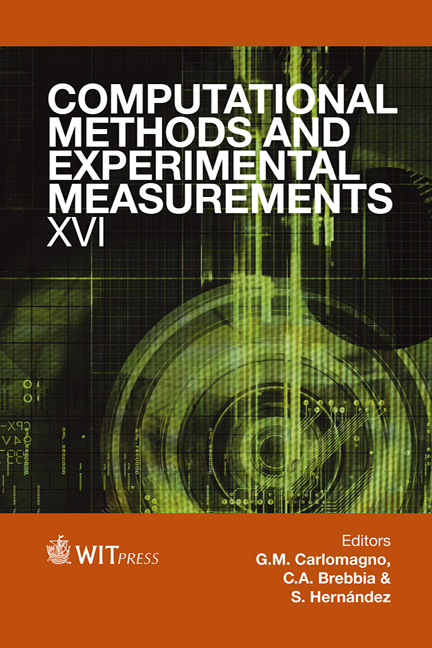Integrated Marine Measurements In Civitavecchia, Near Rome
Price
Free (open access)
Transaction
Volume
55
Pages
15
Page Range
221 - 235
Published
2013
Size
2,413 kb
Paper DOI
10.2495/CMEM130181
Copyright
WIT Press
Author(s)
G. Zappalà, G. Caruso, V. Piermattei, S. Bonamano, A. Madonia, A. D. Cicco, R. Martellucci & M. Marcelli
Abstract
Integrated observing systems are important tools for marine monitoring, as they allow acquisition and record of ecological time series. Integration of time-series monitoring efforts is recognised as a priority in national and international scientific programs, being necessary to better understand how marine ecosystems will change not only in response to anthropogenic impacts, but also to identify trends in their natural evolution. Coastal ecosystems are areas particularly sensitive to climate changes and human impacts, consequently they deserve to be the subject of time-series observation programs. The Laboratory of Experimental Oceanology and Marine Ecology of Tuscia University is located in Civitavecchia’s harbour; representing one of the main laboratories for marine experimental research on the Tyrrhenian Sea, it focuses its activities both on open sea and coastal processes. Although its recent constitution, it has already gained a good experience participating in national and European research projects, in many oceanographic cruises and collaborating with public Institutions. Integrated marine observation activities were performed in the coastal area of Civitavecchia, an Italian city near Rome. Heart of the system was a platform moored near the harbour measuring every 20 minutes the main water parameters (Temperature, Conductivity, Dissolved Oxygen, Turbidity, Fluorescence). A GPS gave the buoy position that was verified to be in the allowed range; in negative case an alarm was immediately sent via SMS to the mobile phones of the buoy crew. Another system verified the functionality of the buoy simply generating calls to the buoy modem; a \“no response” generated an
Keywords
environment monitoring, observatory network, remote sensing, fecal pollution, mathematical models





